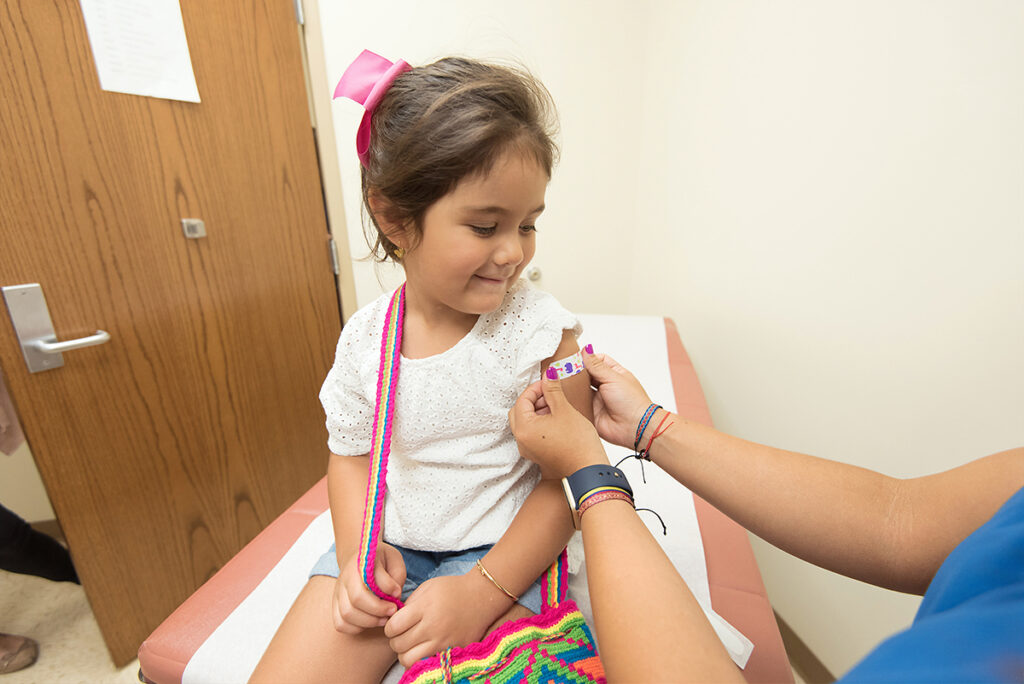The Standardbred breed of horses is bred to perform at racetracks. At the age of one and a half years, the animals begin intensive training for the running industry. In Canada, the first training season of young standardbreds runs from November to February.
Heavy training loads in some animals lead to bronchiolitis — an inflammatory disease of the respiratory tract.
Sick horses develop a severe, chronic, dry cough that lasts for more than 2 weeks. Cough is poorly treated with antibiotics, systemic corticosteroids, bronchodilators. In the bronchi, trachea, and nasopharynx, there is an excessive release of mucopurulent exudate. Most of the affected horses had a previous history of respiratory viral disease. When trying to train horses with bronchiolitis, the animals ‘ cough increases, the purulent discharge from the nose becomes more intense. These clinical manifestations of the disease reduce the performance of animals and interfere with their learning.
However, the animals have no signs of an active infectious process: no fever, normal general blood count and serum biochemical profile, no signs of tracheal inflammation, no intracellular bacteria in the bronchoalveolar lavage fluid, chest auscultation is normal, no tachypnea and shortness of breath, no abnormal sounds in the lungs during normal auscultation.
In 2004, Canadian scientists from the University of Prince Edward Island and the Atlantic Veterinary College evaluated the safety and effectiveness of human interferon for the treatment of bronchiolitis in standardbreds. The owners of the horses were informed of the clinical trial purpose and signed a written consent to include their horse in the study.
Animals condition at the beginning of the study
The study involved 34 horses: 18 females, 14 intact males, and 2 geldings.
Before starting treatment procedures, scientists collected general data about horses: age, gender, history of vaccination and treatment, duration of cough, conditions of detention (at the racetrack or on the farm). Also, all horses underwent a preliminary examination:
- general blood test;
- serum biochemical profile;
- assessment of respiratory tract, cough, nasal discharge;
- bronchoscopic assessment;
- cytological examination of bronchoalveolar lavage fluid and bacterial culture;
- evaluation of thoracic auscultation;
- pulse, number of respiratory movements, temperature.
14 standardbreds were vaccinated against equine influenza . There were 22 horses in the stables at the racetrack and 12 in the farms.
In the anamnesis of 31 horses, there is a history of respiratory viral disease. 13 animals were treated for chronic cough with antibiotics or expectorants and a bronchodilator, but to no avail. The average duration of cough is 45 days, the range of values is from 14 to 140 days.
Bronchoscopy revealed mucosal exudate in the trachea in all horses, and nasopharyngeal exudate in 30 animals studied. 15 horses had visible hyperplasia of the pharyngeal lymphoid tissue.
Cytological examination revealed a small or moderate amount of fungal spores in the bronchoalveolar lavage fluid in 24 standardbreds.
Research design
The researchers conducted a placebo-controlled, randomized, double-blind clinical trial of human interferon-alpha (IFN-α) to treat inflammatory respiratory diseases in young standardbreds. When choosing the dose of interferon, the Canadian scientists relied on an earlier study by American colleagues from Kansas State University, which showed that low doses of human interferon reduce lower respiratory tract inflammation in horses. The choice of the IFN-α administration method is due to the effectiveness of oral administration of the drug to facilitate the inflammatory process, which was demonstrated in mice by other American scientists from the University of Texas.
For the study, 3 groups of horses were randomly formed. The first group received 90 units of recombinant human interferon-alpha. The second group received 50 Units of human leukocyte IFN-α. The third group received a placebo-saline solution. Neither the horse’s owner nor the veterinarian knew about the prescribed treatment. The treatment was carried out daily for 5 days, and the drug was administered orally.
During the first 7 days of the study, the horses rested: their physical activity was limited to walking. From day 8, the usual training was resumed.
Repeated examinations of the animals were carried out on 6, 14, 28, 56, 84, 112 research days. The dynamic of the treatment of sick standardbreds was considered positive if the animals did not have a cough and nasal discharge or they appeared only during physical exertion.
Horses were considered cured if they did not have a cough on the 28th day of the study and had no disease relapses. Relapse of the disease was considered a resumption of coughing or nasal discharge, which interfered with training between 14 and 28 days of the study. All regressions were treated with recombinant IFN-α.
Results of the study
In all three groups of horses, the cough and nasal discharge indicators were significantly reduced on days 6 and 14. Scientists attribute this to the first week of rest from training, which was part of the treatment for all horses. However, there was a tendency for faster recovery in the groups treated with interferon:

The effect of interferon treatment was shown in the number of relapses of the disease that occurred between the 15th and 28th day of the study. In the placebo group, relapses were 55%, in the interferon groups – less than 10%. The number of horses considered cured also differed significantly, with 35% in the placebo group and about 80% in the interferon group. Scientists believe that these data support the hypothesis of a long-term positive clinical effect of interferon-alpha in bronchiolitis in horses.
Analysis of the cellular composition of the bronchoalveolar lavage fluid confirmed the effect of interferon. On day 14, the total number of inflammatory cells decreased in the groups treated with human IFN-α:
| Cell Type | Day | Placebo group, 109 cells per liter |
IFN-α group, 109 cells per liter |
| Cells amount | 1 | 0,42 | 0,51 |
| 14 | 0,64 | 0,32 | |
| Neutrophils | 1 | 0,047 | 0,18 |
| 14 | 0,054 | 0,024 | |
| Lymphocytes | 1 | 0,14 | 0,15 |
| 14 | 0,26 | 0,13 | |
| Macrophages | 1 | 0,22 | 0,18 |
| 14 | 0,31 | 0,16 |
All horses that did not respond to treatment by day 14 or relapsed before day 28 of the study were subsequently treated with recombinant human interferon-alpha. As a result of repeated treatment in all animals, the symptoms of the disease disappeared and did not appear during 4 months of observation. These animals were not included in the statistical analysis, but this result reinforces the assumption that IFN-α is an effective remedy for bronchiolitis in young standardbreds.
Canadian scientists note that although interferons of one animal species may be active against another animal species, this is not always the case, and there is significant interspecific heterogeneity. According to the researchers, human leukocyte IFN-α contains many different subtypes of interferon-alpha, and therefore it could be expected to have a higher probability of therapeutic success than recombinant interferon. However, the study did not reveal any significant differences between the two interferons.
Conclusions
The results of a study by Canadian scientists demonstrate that bronchiolitis in horses is treated primarily by resting animals, but clinical signs of the disease will return if additional treatment is not prescribed. Low doses of human interferon-alpha orally for 5 days, combined with rest, appear to scientists to be an effective and inexpensive treatment option. The first course of treatment with interferon was successful in 80% of horses, and the second course – in 100%.
Scientists conclude that oral interferon treatment is a valuable addition to rest in young standardbreds with inflammatory respiratory disease.
Source
Treatment of inflammatory airway disease in young standardbreds with interferon alpha



